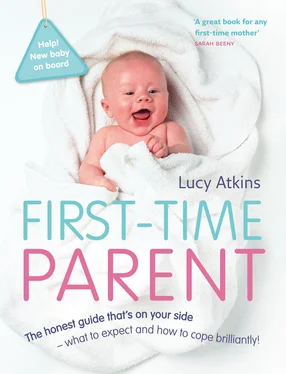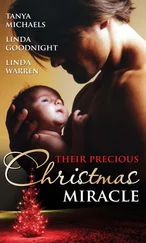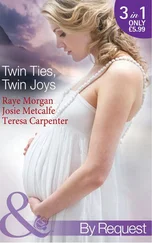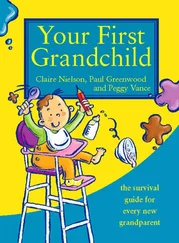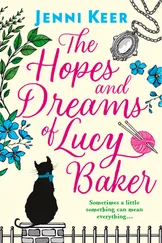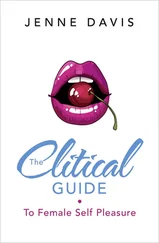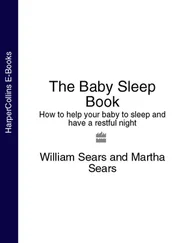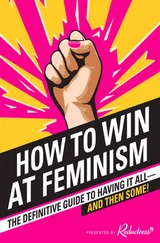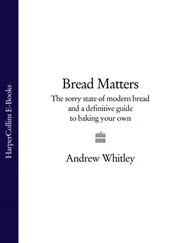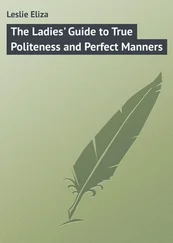As far as clothes are concerned, keep it simple. Buy soft, stretchy, cotton clothes as you want dressing to be as quick and painless as possible. Babygros that have poppers (or a zip) from neck to crotch and down the legs are easiest. Buttons and poppers that go up the back are a pain in the neck and any ‘little adult’ type clothes–jeans, button-up shirts, jackets and the like–are just silly for little babies: they are uncomfortable (imagine if you had to sleep in them), not stretchy enough to allow free movement, and are soon outgrown.
THE MINIMUM YOU’LL NEED TO GET YOUR BABY THROUGH THE FIRST MONTH OR SO IS:
Six cotton vests (long or short sleeved depending on season)
Six to ten cotton Babygros
Six pairs of socks (stretchy towelling ones tend to stay on better–booties are generally pointless as they fall off teeny feet)
Two to three cardigans (easier than jumpers)
A couple of cotton hats
A warm, all-in-one, padded suit for outings if you have a winter baby
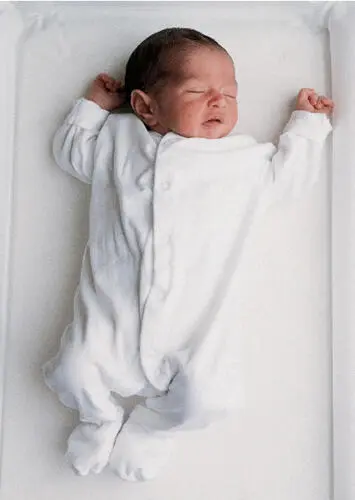
For the first few weeks, your baby will practically live in Babygros.
Borrow stuff if you can, or buy second-hand: babies grow out of things in seconds. Try the NCT’s ‘nearly new’ sales, eBay, your local newspaper, charity shops, jumble sales and school fêtes. Accept all offers of hand-me-downs from friends with bigger kids.
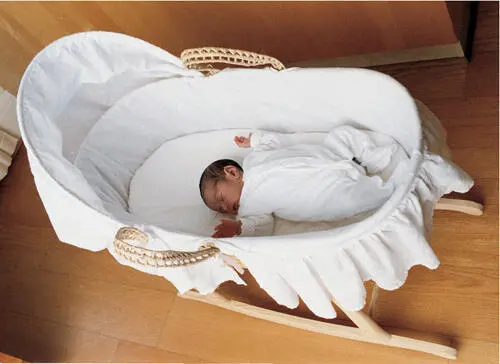
Aside from clothes, there are a few other essentials that you should try to buy before the baby arrives:
At least four packs of newborn nappies (if you are using disposables). Take a pack to the hospital. You’ll change a newborn’s nappy about sixty times a week at the start.
Three large rolls of cotton wool for wiping bottoms and washing generally
A pack of (unperfumed) baby wipes for outings–it’s hard to do the cotton-wool-and-water bottom-wiping thing in, say, a park
A car seat suitable from birth ( see here)
A buggy ( see here)
A crib or Moses basket with a mattress that’s British Safety Standard certified. Most babies don’t go in a bigger cot until they’re three to five months old.
Three or four cot sheets and a Grobag baby sleeping bag appropriate for the season and your baby’s size, or three to four cellular blankets. Never use duvets or quilts with babies under one because they can overheat. Most experienced parents will tell you that buying a Grobag was the best thing they ever did. It stops your baby kicking off the covers and waking (you!) up because he’s cold.
About ten muslin squares (get them in packs from Mothercare or Boots) for wiping up baby sick, protecting your clothes from dribble, lying the baby on in a park or making an impromptu sun hat–or, indeed, an ‘I surrender’ flag.
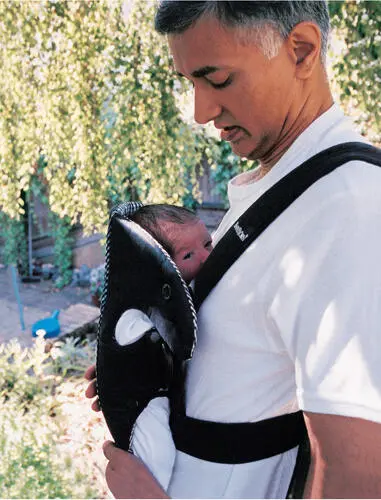
Strap your baby on to your chest in a sling ( left )–it’s liberating for you (two free hands!) and deeply comforting for him.
Other useful, but not totally essential, baby equipment
This is stuff you don’t have to get, but if you do it could make your life a hell of a lot easier:
A baby monitor–this way you can hear your baby wherever you are in the house or garden. Basic models are fine.
A bouncy sling-type chair to sit him safely in when he is awake
A baby-carrying sling–good for fussy or colicky babies, or for just getting around when he’s small enough to be easily portable. My Baby Björn sling lasted through three babies and is now being used by a friend.
A fleece or soft, thick rug to lie your baby on when he’s awake and needs to kick around a bit
A wipe-down nappy-changing mat (or you can just use an old towel)
A nappy bag (discuss whether you both really want the one with pink teddy logos) with travel changing mat. It doesn’t have to be a specific ‘nappy’ bag–you can use any bag at all, as long as it is big enough to fit:
→ Three or four nappies
→ A pack of wipes
→ A small, folding changing mat
→ A small pot of nappy-rash cream
→ A complete change of baby clothing
→ A toy or two, and maybe a book for you
→ A water bottle and maybe a snack for you
→ A baby-feeding bottle and small carton of formula if bottle-feeding
→ Your phone, wallet and keys
Postnatal shopping list
FOR YOUR VAGINA/PERINEUM
Several small packets of frozen peas to soothe your perineum
Squeezy bottles or jugs for pouring on yourself as you pee (see here)
Large cotton-feel sanitary pads or ‘maternity’ pads
Disposable or old/cheapo knickers (ten to fifteen pairs). Bin them when messy.
A couple of pairs of comfy pyjamas that fit you when pregnant
A bottle of witch hazel for soothing your sore bits (see here)
A sitz bath (or plastic basin) you can use to bathe your bits after vaginal birth, plus essential oils or herbs to add (see here)
FOR YOUR BREASTFEEDING BOOBS
Two or three soft breastfeeding bras
The telephone number of your hospital’s infant-feeding specialist and other breastfeeding counsellors
Several packets of breast pads to stop your breasts leaking on to your shirt
Extra pillows–good for propping up the baby while breastfeeding
A footstool to help with a good breastfeeding position (a few old phone directories taped together with masking tape work fine)
Lanisoh for sore nipples. You can buy this in Waitrose and some chemists.
A breast pump
• = BASICS
(if nothing else, get these)
A large pack of paracetamol (for afterpains)
A hot water bottle (ditto)
Lots of healthy meals for your freezer (such as portions of home-made soup, casseroles and pasta sauces)
Soft stretchy clothes like sweatpants
Any midwife-recommended postnatal vitamins and iron tablets
Feeding equipment
IF BREASTFEEDING(WHOEVER SAID IT WAS ‘FREE’?)
Your boobs (any size and shape will do)
Three comfy but oh-so-stylish feeding bras (Elle Macpherson does a fantastic range available from www.bloomingmarvellous.com)
Breastfeeding help numbers (see Contacts), including your hospital breastfeeding specialist if there is one
A breast pump. Manual pumps are generally cheaper, quieter and more portable than electric ones, but they can be hard work and slow. Electrics tend to be faster and, for some, more effective. You can hire a breast pump from the NCT, or you can borrow one from your hospital’s breastfeeding clinic. Two good ones are the Medela Harmony Mini Electric ( www.medela.co.uk) and the Avent Isis Manual ( www.avent.com).
Pre-sterilised bags are useful for storing breast milk if you are breastfeeding and want to pump and freeze milk to feed your baby in a bottle sometimes.
About six 250-280 ml bottles, with ‘slow flow’ newborn teats to start with. There are all sorts of bottles on the market, but both Avent and Boots own brand are perfectly good ones to start with.
Читать дальше
